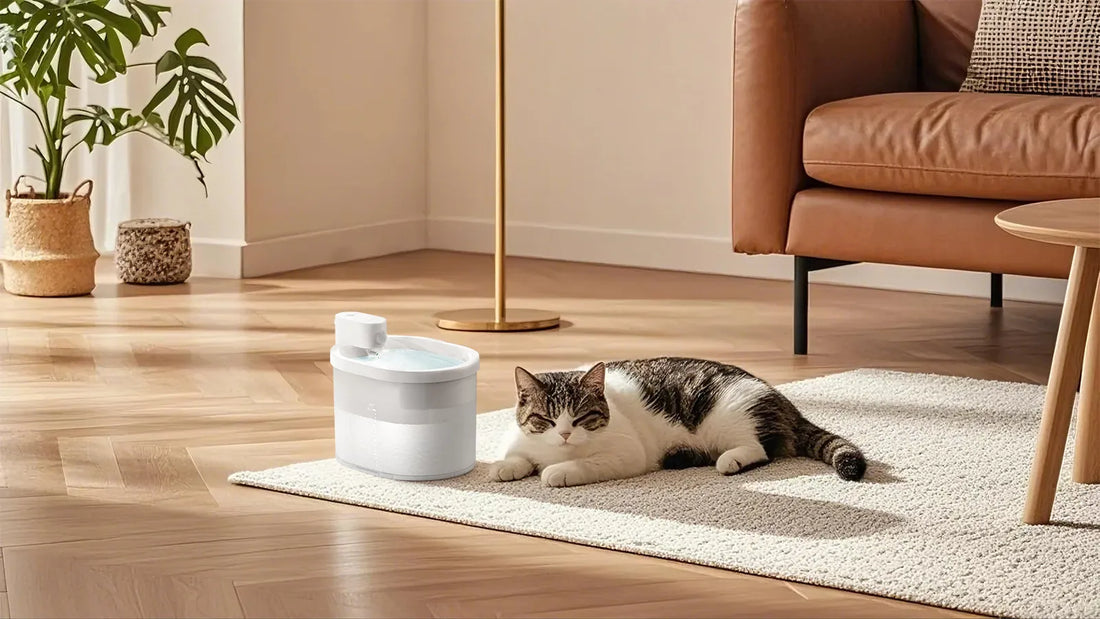Have you ever wondered if it's safe for your dog to eat immediately after a walk? This question is more common than you might think, and the answer isn't as straightforward as a simple yes or no. Understanding the nuances of feeding your dog post-exercise can help ensure their health and happiness. Let's dive into the details.
The Importance of Timing
Timing is crucial when it comes to feeding your dog after a walk. Dogs, like humans, need time to cool down after physical activity. Eating too soon after exercise can lead to digestive issues or even more serious health problems. It's generally recommended to wait at least 30 minutes to an hour before offering food. This allows your dog's body to return to a resting state, reducing the risk of complications.
Portion Control Matters
Portion control is another critical factor to consider. Overfeeding your dog after a walk can lead to obesity, which is a growing concern among pets. Stick to the recommended portion sizes based on your dog's weight, age, and activity level. If you're unsure, consult your veterinarian for personalized advice. Remember, a balanced diet is key to maintaining your dog's overall health.
Potential Health Risks
Feeding your dog immediately after a walk can pose several health risks. One of the most serious is bloat, a life-threatening condition that can occur when a dog eats too quickly or too much after exercise. Symptoms include a swollen abdomen, restlessness, and difficulty breathing. If you notice any of these signs, seek veterinary attention immediately. Other potential risks include vomiting, diarrhea, and gastrointestinal discomfort.
Hydration is Key
Hydration plays a vital role in your dog's post-walk routine. Ensure your dog has access to fresh water before and after their walk. Proper hydration helps regulate body temperature and aids in digestion. However, avoid letting your dog drink excessive amounts of water immediately after exercise, as this can also lead to bloat. Offer small amounts of water gradually to keep them hydrated without overloading their system.
Understanding Your Dog's Needs
Every dog is unique, and their dietary needs can vary based on factors like breed, age, and health status. Puppies, for example, may require more frequent meals compared to adult dogs. Senior dogs might have specific dietary restrictions or health conditions that need to be considered. Pay attention to your dog's behavior and consult your vet to tailor their feeding schedule to their individual needs.
Creating a Routine
Establishing a consistent routine can help regulate your dog's eating habits. Try to walk your dog at the same times each day and follow a set feeding schedule. This predictability can reduce anxiety and make it easier for your dog to digest their food. A well-structured routine also helps you monitor their health and catch any potential issues early on.
Monitoring Your Dog's Health
Regularly monitoring your dog's health is essential for their well-being. Keep an eye on their weight, energy levels, and overall behavior. Sudden changes in appetite or activity levels could indicate an underlying health issue. If you notice anything unusual, consult your veterinarian for a thorough check-up. Early detection and intervention can make a significant difference in your dog's quality of life.
Common Myths Debunked
There are several myths surrounding feeding dogs after a walk that need to be addressed. One common misconception is that dogs should always eat immediately after exercise. As we've discussed, this isn't necessarily true and can be harmful. Another myth is that all dogs require the same amount of food. In reality, dietary needs vary widely based on individual factors. Always rely on professional advice rather than hearsay when it comes to your dog's nutrition.
Final Thoughts
Feeding your dog after a walk requires careful consideration of timing, portion control, and hydration. By understanding your dog's unique needs and establishing a consistent routine, you can help ensure their health and happiness. Always consult your veterinarian for personalized advice and stay vigilant about monitoring your dog's well-being. With the right approach, you can make mealtime a positive and safe experience for your furry friend.














